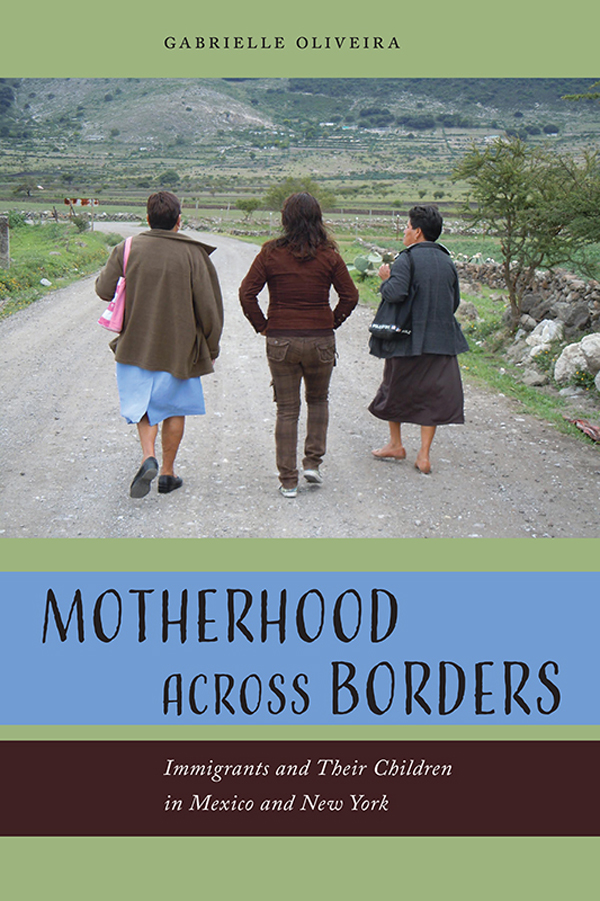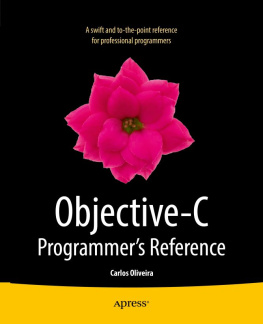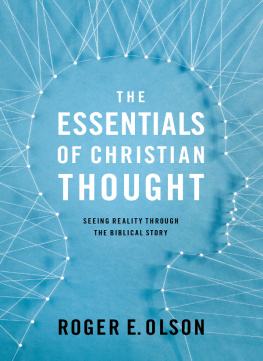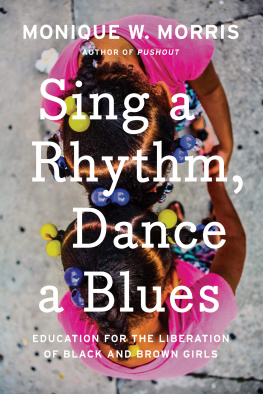
MOTHERHOOD ACROSS BORDERS
Motherhood across Borders
Immigrants and Their Children in Mexico and New York
Gabrielle Oliveira

NEW YORK UNIVERSITY PRESS
New York
NEW YORK UNIVERSITY PRESS
New York
www.nyupress.org
2018 by New York University
All rights reserved
References to Internet websites (URLs) were accurate at the time of writing. Neither the author nor New York University Press is responsible for URLs that may have expired or changed since the manuscript was prepared.
Library of Congress Cataloging-in-Publication Data
Names: Oliveira, Gabrielle, author.
Title: Motherhood across borders : immigrants and their children in Mexico and New York / Gabrielle Oliveira.
Description: New York : New York University, [2018] | Includes bibliographical references and index.
Identifiers: LCCN 2017054993| ISBN 978-1-4798-7462-0 (cloth : alk. paper) | ISBN 978-1-4798-6646-5 (pbk : alk. paper)
Subjects: LCSH : Immigrant childrenMexicoSocial conditions. | Immigrant childrenNew York (State)New YorkSocial conditions. | MothersMexicoSocial conditions. | MothersNew York (State)New YorkSocial conditions. | Women immigrantsNew York (State)New YorkSocial conditions.
Classification: LCC HQ 792. M 6 O 45 2018 | DDC 305.23086/912072dc 3
LC record available at https://lccn.loc.gov/2017054993
New York University Press books are printed on acid-free paper, and their binding materials are chosen for strength and durability. We strive to use environmentally responsible suppliers and materials to the greatest extent possible in publishing our books.
Manufactured in the United States of America
10 9 8 7 6 5 4 3 2 1
Also available as an ebook
For all the families that live separated, may your stories be told.
CONTENTS
Introduction
I lived on Manhattans Upper West Side when I started this book and my neighbor was a busy mother who had a nanny helping her to take care of her two-year-old toddler. One day my neighbor asked what my research was about; I told her I wanted to learn more about maternal migration and how it influences children and youths lives. Well, she replied, what kind of migration are you talking about? I live in the same country, city, and house as my daughter and she is not being raised only by me. Sara, my nanny, is from Mexico and she has a kid there, you should talk to her. As the US media debates whether women can have it allthat is, a successful career and a familymigrant women like Sara wonder how they can care for them all: for their children in Mexico, children they have brought over to the United States, children who were born here, and (in some cases) children they care for professionally.
Sara, a Mexican migrant from a small rural town in the state of Hidalgo, became my first interviewee for this book. One day I saw her and told her I was headed to Mexico that summer to do research with children whose mothers were migrants in New York City. Sara told me she had a son, Agustn, whom she had left in Mexico seven years ago. I asked if she was willing to talk to me about her experiences of mothering from afar and her relationship with Agustn. She did not hesitate, as she seemed excited about the prospect of me taking some gifts to her son on my upcoming trip to Mexico. Sara instructed me to come to her house in the following days to meet her US-born son, Felipe, who was the same age as my neighbors child, whom she cared for professionally.
A day later I went to East Harlem to visit Sara in the one-bedroom apartment that she shared with her husband and Felipe. As we sat in the kitchen, enjoying some very spicy guacamole, I asked Sara about her crossing. Like all other mothers who participated in this study, Sara is undocumented. She crossed into the United States by foot via the Arizona border, from which point she reached the city of Phoenix. From there, Sara and many others were put into trucks and vans that took them across the country to destinations such as North Carolina, Chicago, New Jersey, and New York City. As it was for other women in this research, her crossing was difficult and painful, something that she hopes never to have to do again. Sara became dehydrated during her four-day crossing and passed out in the middle of the Sonoran Desert. She recalls members of her group discussing if they should leave her behind and continue their journey. One man, who was a friend of her family, carried her for miles until the group found a place to hide from border patrol. The crossing cost Sara more than $4,000. Saras sister, Rosa, already in New York City, helped her cover half of the cost. Sara used her savings to pay part of the other half and got the remainder from her other sister, Tami, also in the United States. A single mother, Sara migrated alone, leaving her son Agustn behind with his maternal grandmother, Clarisa. Sara later met and moved in together with Marco in New York City, and together they had a son, Felipe. I asked Sara how she felt being away from her child in Mexico, but also having a child in New York City. She responded: One feels divided, you are here, but your heart sometimes is there. I know I left him with the best care I could ask for and now I have a child here, with another man. Its hard but I think its better this way.
As Sara talked to me, she also checked her phone, only to find a text message from her 14-year-old son Agustn in Mexico that read: hi I want to go out with my friends. Sara paused. She took a deep breath and typed a response while uttering the words out loud: Its late already, what did your grandmother say? Agustn texted back: She said it is ok as long as you allow me to go. Sara responded: You can go, but you need to text me when you come back home. It cant be after 9 p.m., tomorrow you have school. Agustn responded: Ok, thank you. A couple of hours later Sara sent a text message to her cousin to confirm Agustns whereabouts. Agustn did not come back at 9 p.m. and his grandmother, instead of calling Agustn on his cell phone, called Sara in New York and asked her to call Agustn, because she was worried.
In between the exchange of text messages and my interview with Sara, Felipe showed up in the kitchen, crying, because his cousin did not want to share her Spiderman toy with him. Sara tried, unsuccessfully, to convince him that he had so many other toys to play with that he did not need his cousins action figure. When he kept insisting and crying, Sara told him, Felipe, if you keep being like this I will send you and your cousin to Mexico to be with your abuela . At that moment, I observed one of the many daily actions related to care that constituted what I began to call a transnational care constellation . In the few hours I spent at Saras house during my very first interview, the small town in Hidalgo and the reality in East Harlem were intrinsically connected. The constant communication among caregivers, children, and mothers regarding everyday decisions and daily discipline made the physical border between Mexico and the United States more fluid. In a split-screen moment, I was able to visualize Agustn going to school in San Nicols, a town in Hidalgo of 300 residents, and Felipe getting on a bus to attend a public school in New York City. During my fieldwork I was able to accompany both Felipe and Agustn as they got up and went to school. They both woke up before 6 a.m. and ate breakfast before they left. They both complained on the way to school and wished they could have slept another ten minutes. Agustn received money from Sara every week and all his school costs were taken care of, but he wanted to drop out of school as soon as he finished junior high school. Even though Sara did not want Agustn to drop out of school, she felt she had no control over the matter. Alternatively, with Felipe, Sara was confident that dropping out of school would never be an option as she felt completely in control. I reflected: When and where was school important? How did Saras absence influence or shape Agustns choices? Conversely, did Agustns choices influence Felipe?
Next page






